The heat of the automobile exhaust system mainly comes from the high-temperature exhaust gas generated by the engine burning fuel. When the engine is working, the fuel combustion instantly releases a large amount of energy, causing the exhaust gas temperature to rise sharply. These high-temperature exhaust gases flow along the exhaust pipe, and the heat continues to diffuse to the periphery of the exhaust system by conduction, convection and radiation. There are many plastic parts, rubber pipes and electronic components around the exhaust system. Plastic parts will gradually soften and deform at high temperatures, resulting in the failure of their original sealing and fixing functions; rubber pipes will accelerate aging, cracking, hardening, etc., affecting the transportation of liquids or gases, and even causing leakage; electronic components are more sensitive to temperature, and high temperatures may cause their performance to decline, and in severe cases, they will be directly damaged. If effective insulation measures are not taken, the damage of these surrounding components will affect the normal operation of the car, and in more serious cases, it may cause safety accidents, such as fuel leakage causing fires.
The fundamental reason why High silica needled mat can play an excellent thermal insulation role is its unique material properties. It is made of high silica fiber, which has an extremely low thermal conductivity. Thermal conductivity is an important indicator to measure the thermal conductivity of materials. The lower the thermal conductivity, the better the thermal insulation performance of the material. The microstructure of high-silica fiber presents a unique morphology, with a large number of tiny pores and air layers between fibers. Air is a poor conductor of heat, and these pores and air layers greatly hinder the heat conduction path. When heat tries to pass through high-silica needle felt, it needs to be constantly reflected and refracted between the fiber and the air layer, which greatly reduces the heat transfer efficiency. Applying high-silica needle felt to the automobile exhaust system is like building a solid thermal insulation barrier for the exhaust system. During long-distance driving, the exhaust system will continue to be in a high-temperature working state. At this time, high-silica needle felt can effectively block the heat from spreading to the surrounding area, ensuring that the surrounding components are always in a safe working temperature range, maintaining the stable operation of various systems of the car, and extending the service life of automobile parts.
With the development of the automobile industry, high-performance vehicles and new energy vehicles have put forward higher requirements for lightweight and thermal management of vehicles, and high-silica needle felt has shown significant advantages in both aspects.
For high-performance vehicles, extreme speed and handling performance are their unremitting goals. Under the condition that the power system of the car is constant, the lightweight of the vehicle can effectively reduce the driving resistance and energy consumption of the car. Reducing the weight of the car body can reduce the inertia that the car needs to overcome during acceleration, thereby improving fuel economy and reducing fuel consumption; at the same time, a lighter body can make the vehicle more flexible in operations such as turning and braking, and improve handling stability. Compared with traditional thermal insulation materials, high-silica needle felt is light in texture. Some traditional thermal insulation materials, such as asbestos products, have good thermal insulation performance, but they are heavy and pose health hazards; some metal thermal insulation materials have high strength, but their weight cannot be ignored. High-silica needle felt has extremely light weight while ensuring excellent thermal insulation performance. Applying it to high-performance cars can not only meet the thermal insulation requirements of parts such as the exhaust system, but also effectively reduce the weight of the car body, helping high-performance cars achieve better performance, allowing vehicles to speed faster on the track and show more precise control in corners.
In the field of new energy vehicles, thermal management is a key link in ensuring battery safety and performance. The battery of new energy vehicles will generate a lot of heat during the charging and discharging process, and the operating temperature of the battery has a significant impact on its performance and life. When the battery temperature is too high, the chemical reaction speed inside the battery will accelerate, which may cause the battery capacity to decay, shorten the life, and even cause serious safety accidents such as thermal runaway; when the temperature is too low, the charging and discharging efficiency of the battery will be greatly reduced. High-silica needle felt has become an ideal material for thermal insulation protection of battery packs due to its excellent high temperature resistance and heat insulation properties. Applying high-silica needle felt to the outer shell or key internal parts of the battery pack can effectively block the external heat from entering the battery pack, while preventing the excessive accumulation of heat generated by the battery itself. In the hot summer, high-silica needle felt can prevent the battery from overheating due to the high temperature of the environment; in the cold winter, it can also reduce the heat loss of the battery to a certain extent, create a relatively stable working temperature environment for the battery, improve the safety and reliability of new energy vehicles, and ensure the vehicle's cruising range and power performance.
In addition to its important role in heat insulation and meeting the requirements of lightweight and thermal management, high-silica needle felt also plays a key role in the sound insulation and shock absorption of automobile engine compartments, which directly affects the ride comfort in the car.
During the operation of automobile engines, various types of noise will be generated. The reciprocating motion of the piston inside the engine, the opening and closing of the valve, the meshing of the gears and other mechanical parts will generate mechanical noise; the combustion process of the fuel in the combustion chamber will generate combustion noise. These noises are transmitted to the car through the structure of the engine compartment, seriously affecting the riding experience of the driver and passengers. High-silica needle felt has good sound absorption and noise reduction functions, and its internal fiber structure forms complex and interconnected pores. When sound waves are transmitted into these pores, they will reflect and rub against the fibers multiple times in the pores. In this process, the energy of the sound waves is continuously consumed, and the sound energy is gradually converted into heat energy, thereby achieving the effect of reducing noise. Applying high-silica needle felt in the engine compartment can effectively block the noise generated by the engine from propagating into the car. During the driving process, the driver and passengers can clearly feel the reduction of noise in the car. Whether it is daily commuting or long-distance travel, they can enjoy a quieter car environment and reduce the fatigue caused by noise.
The vibration generated when the engine is running is also an important factor affecting the comfort in the car. These vibrations will not only cause an uncomfortable shaking feeling in the car, but long-term vibrations may also damage the parts in the engine compartment and affect their service life. High-silica needle felt has good flexibility and elasticity, and its fiber structure can deform to a certain extent when subjected to external forces. When the vibration generated by the operation of the engine is transmitted to the high-silica needle felt, the needle felt can absorb and buffer the vibration energy, convert the vibration energy into other forms of energy through the deformation of the fiber, and reduce the transmission of vibration to the car body. In practical applications, high-silica needle felt can be installed at the connection between the engine and the car body, the bracket in the engine compartment, etc., effectively reducing the degree of shaking in the car, improving riding comfort, while protecting the parts in the engine compartment from damage caused by excessive vibration, and extending the overall service life of the car.
How does High Silica Needled Mat play a key role in the automotive field?
Product Consultation
HOT SALE
Hot Products
-
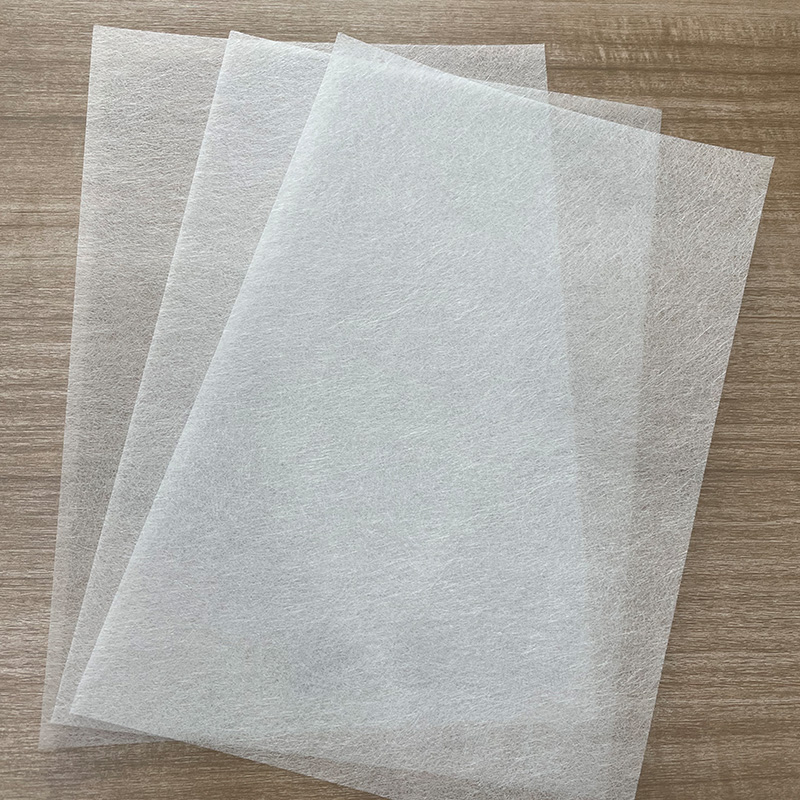 Fiberglass Wall Covering Mat
View More
Fiberglass Wall Covering Mat
View More
-
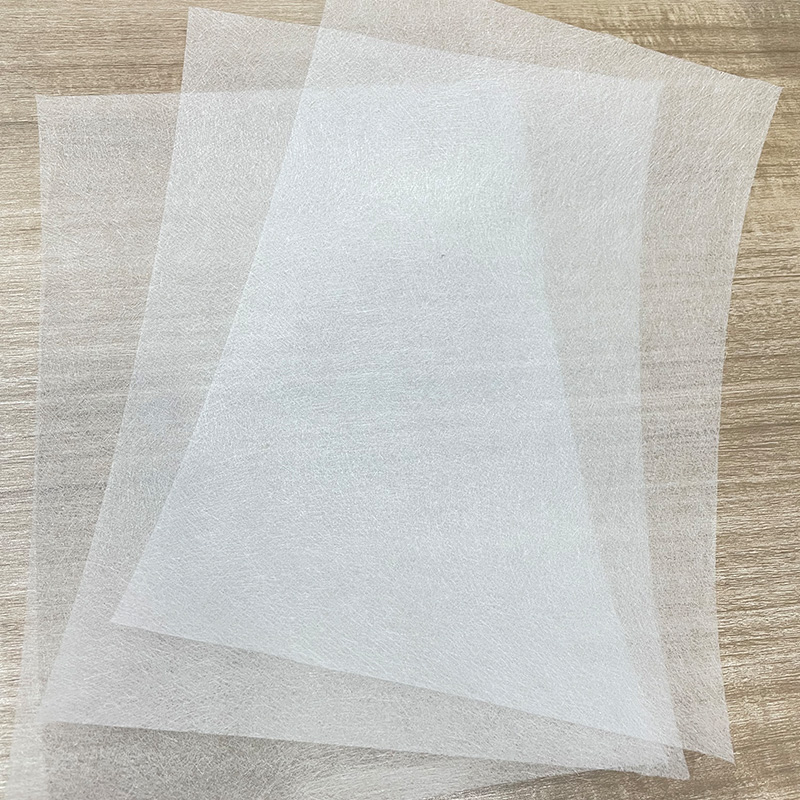 White Fiberglass Surface, Packaging Type: Roll at
View More
White Fiberglass Surface, Packaging Type: Roll at
View More
-
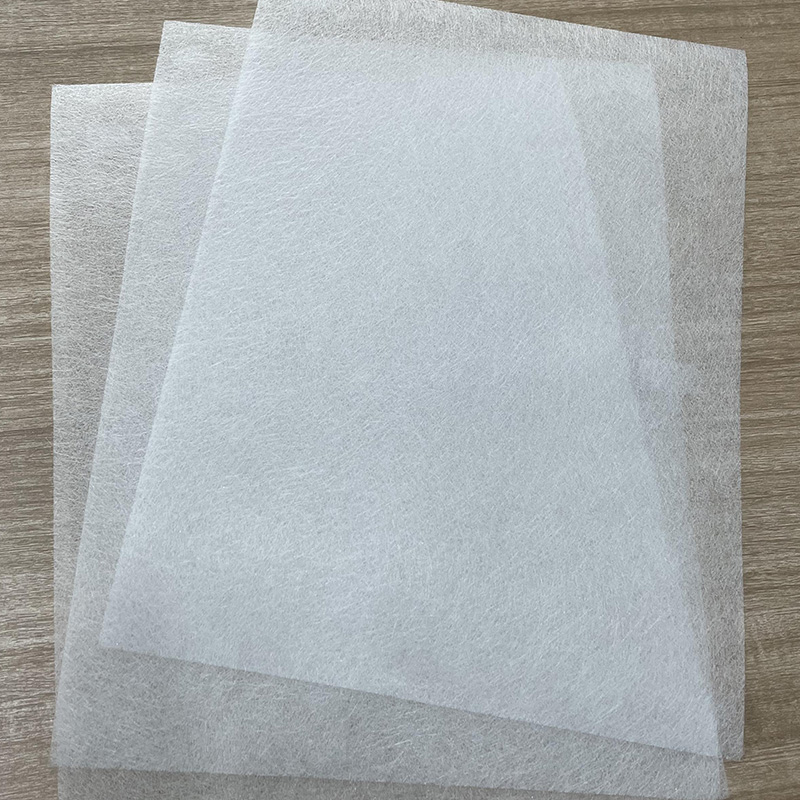 Fiberglass Tissue Mat for Roofing
View More
Fiberglass Tissue Mat for Roofing
View More
-
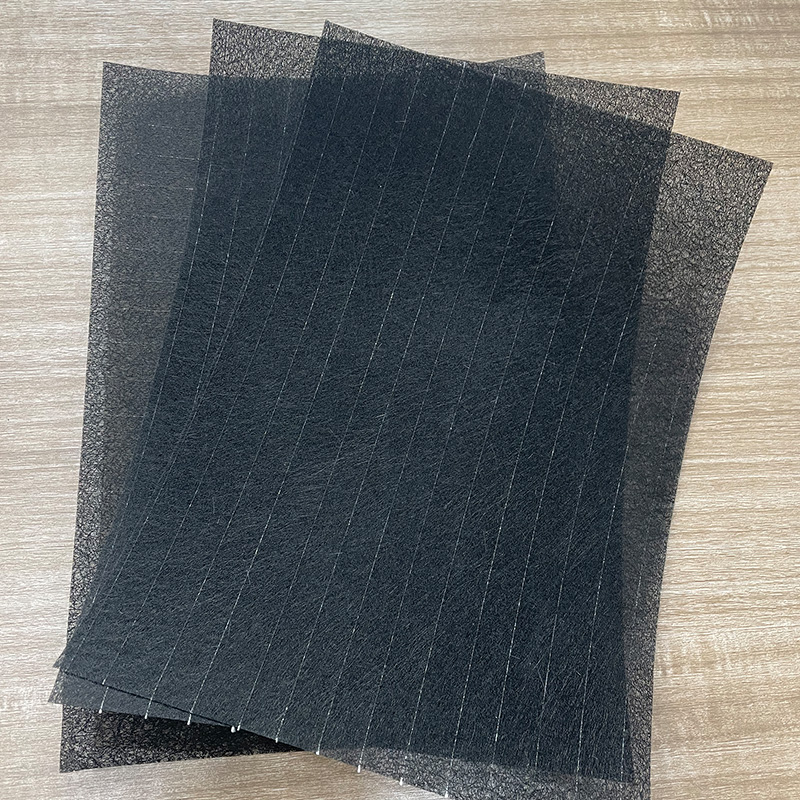 Black Fiberglass Tissue Facing
View More
Black Fiberglass Tissue Facing
View More
-
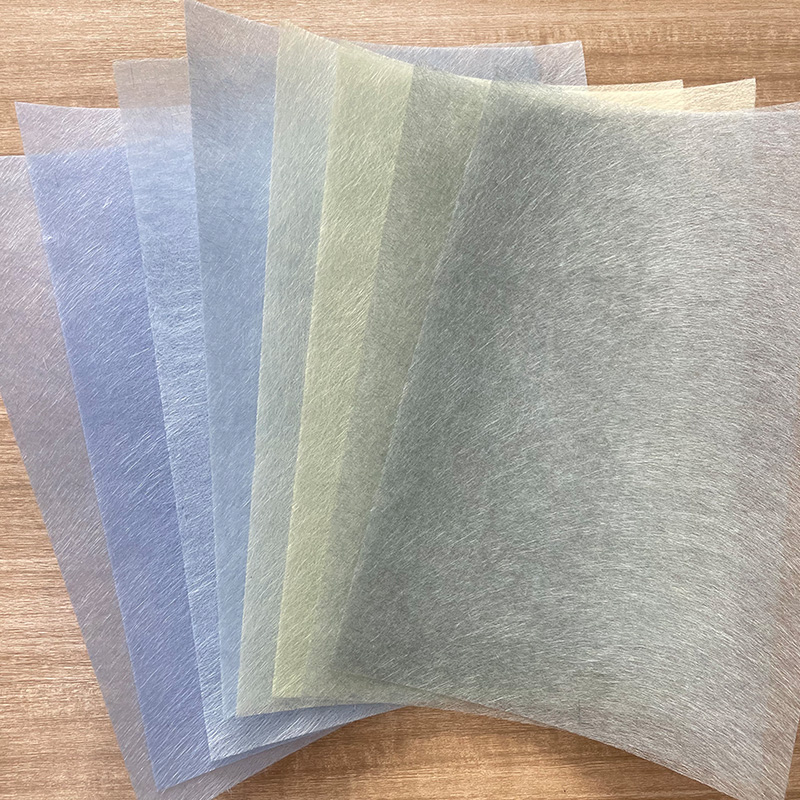 Customized Colors For Fiberglass Tissue Facing Mat
View More
Customized Colors For Fiberglass Tissue Facing Mat
View More
-
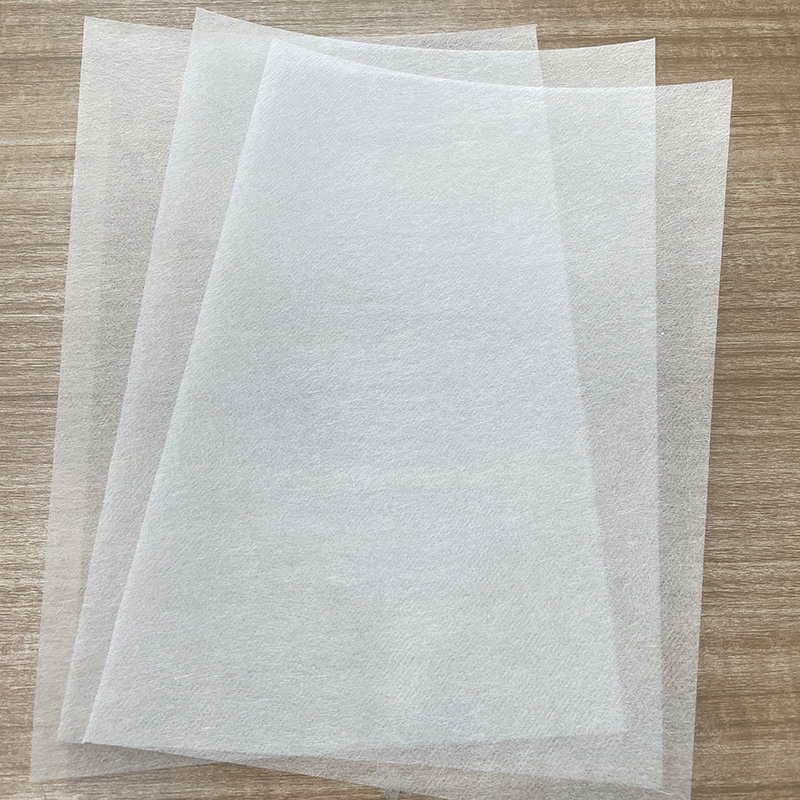 Glass Fiber For Molecular Sieve Zeolite Rotor
View More
Glass Fiber For Molecular Sieve Zeolite Rotor
View More
-
 Glass Fiber Mat For Pipe Wrapping/Pipe Wrap Glass Fiber Mat
View More
Glass Fiber Mat For Pipe Wrapping/Pipe Wrap Glass Fiber Mat
View More
-
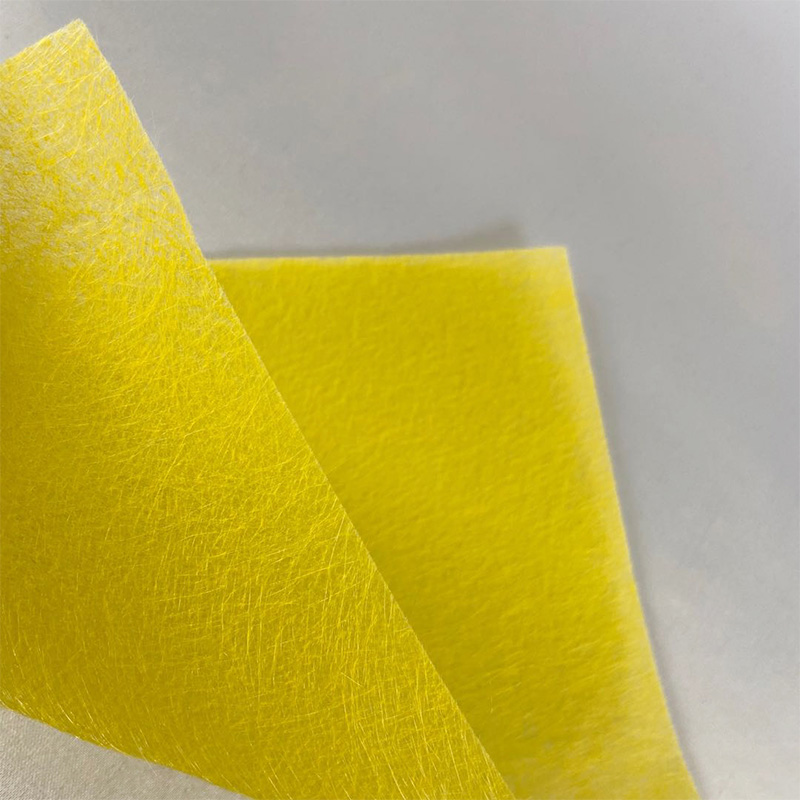 Glass Fiber Separator For Battery
View More
Glass Fiber Separator For Battery
View More
-
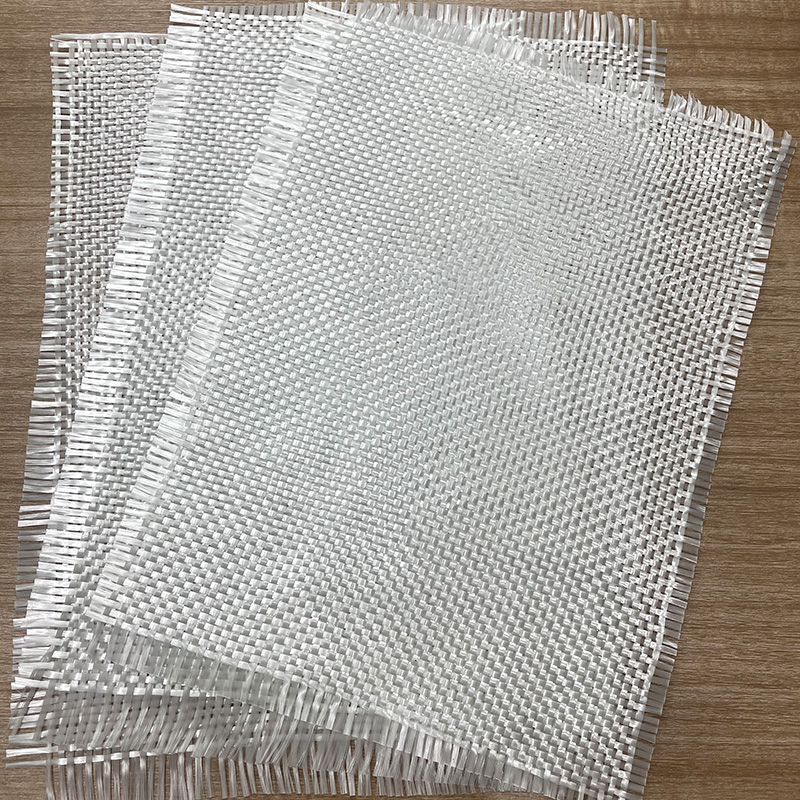 200g/400g/600g Glass Fiber Cloth/Grammage Can Be Set Glass Fiber Cloth
View More
200g/400g/600g Glass Fiber Cloth/Grammage Can Be Set Glass Fiber Cloth
View More
-
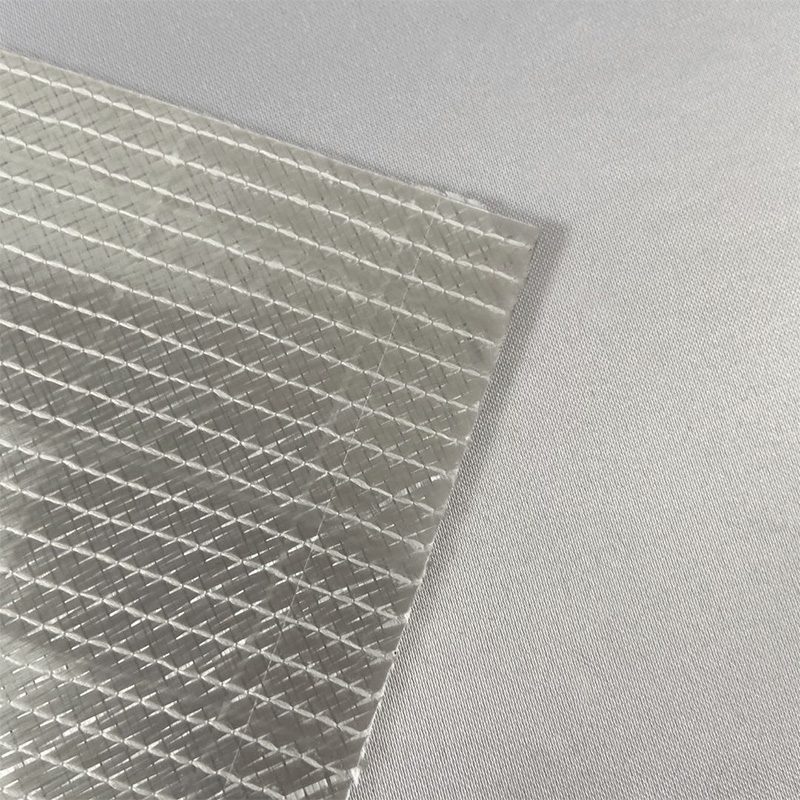 300g Multi-Axial Cloth ±45° / Wind Turbine Silo Cover / Grade A Alkali-Free Multi-Axial Cloth
View More
300g Multi-Axial Cloth ±45° / Wind Turbine Silo Cover / Grade A Alkali-Free Multi-Axial Cloth
View More
-
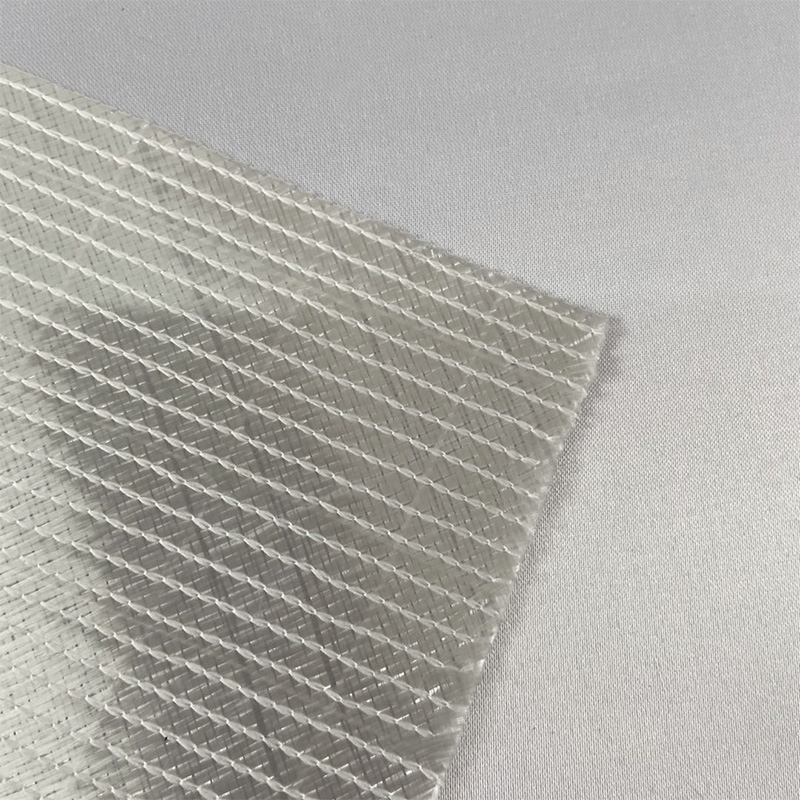 275g Unidirectional Glass Fiber Cloth Fiberglass Cloth
View More
275g Unidirectional Glass Fiber Cloth Fiberglass Cloth
View More
-
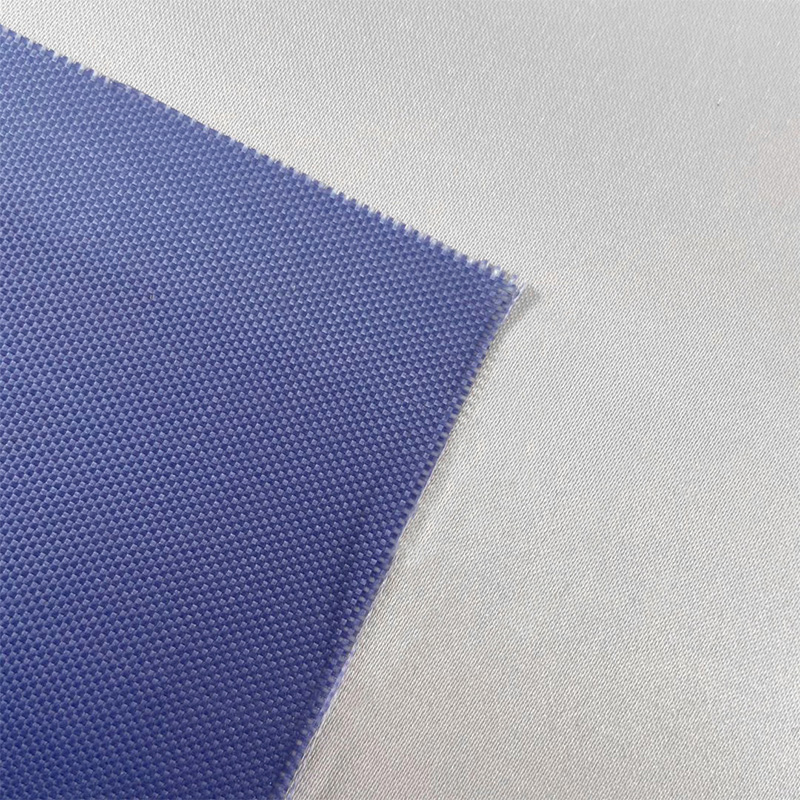 Blue/Coloured Glass Fiber Cloth/Colour And Weight Are Available For Decoration Of Soft Package
View More
Blue/Coloured Glass Fiber Cloth/Colour And Weight Are Available For Decoration Of Soft Package
View More

 English
English 中文简体
中文简体 русский
русский Español
Español